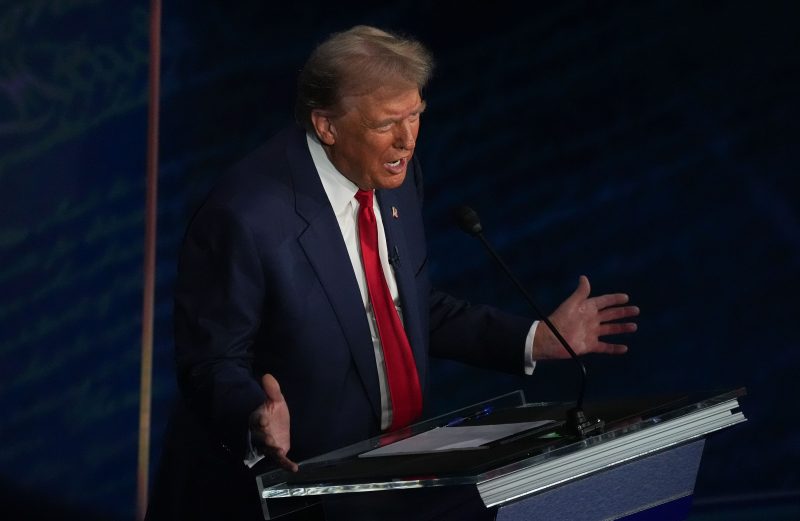In dissecting the handling of the COVID-19 pandemic, it is imperative to evaluate how different leadership styles have influenced the outcomes. President Trump’s approach to the crisis has been marred with inconsistencies, miscommunications, and a lack of coordinated planning. The notion of developing a solid plan to combat the virus seems to have eluded the administration, leading to a series of fumbles that have had serious consequences for the country.
One of the critical shortcomings of Trump’s response to the pandemic has been the absence of a coherent strategy. The lack of a well-defined plan has resulted in a disjointed and haphazard approach to managing the crisis. Instead of implementing a comprehensive and data-driven strategy, the administration has resorted to ad-hoc measures that have often been reactive rather than proactive. This has had a ripple effect on the effectiveness of the response efforts and has contributed to the overall confusion and chaos surrounding the handling of the pandemic.
Furthermore, the messaging from the administration has been inconsistent and at times contradictory. Mixed signals from different government officials have only served to create further confusion among the public. For instance, the changing guidelines on mask-wearing and social distancing have added to the sense of uncertainty and bewilderment. The absence of a unified and clear communication strategy has eroded trust in the government’s ability to manage the crisis effectively.
In addition to the lack of a coherent plan and inconsistent messaging, the administration’s failure to adequately mobilize and coordinate resources has hindered the country’s ability to respond to the pandemic. The shortage of essential medical supplies, such as personal protective equipment and ventilators, has exposed the vulnerabilities in the healthcare system. The delays in ramping up testing capacity and contact tracing efforts have further exacerbated the spread of the virus.
Moreover, the politicization of the pandemic response has impeded efforts to address the crisis in a holistic and collaborative manner. Rather than uniting the country behind a common goal of combating the virus, the administration’s divisive rhetoric has only served to sow further discord and hinder progress. The lack of bipartisan cooperation and leadership has hampered the effectiveness of the response efforts and undermined the country’s ability to mount a united front against the pandemic.
In conclusion, the mishandling of the COVID-19 pandemic by the Trump administration highlights the importance of strong and effective leadership in times of crisis. The absence of a well-defined plan, inconsistent messaging, inadequate resource mobilization, and politicization of the response efforts have all contributed to the challenges faced by the country in combating the virus. Moving forward, it is critical for leaders to prioritize transparency, collaboration, and data-driven decision-making to effectively address public health emergencies and safeguard the well-being of the population.
